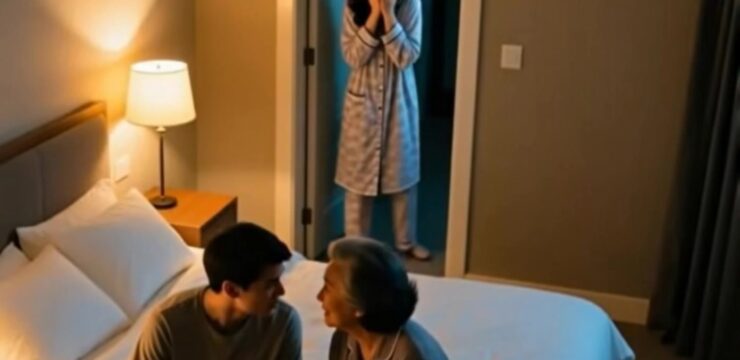
Frequent travelers often encounter challenges in maintaining restful sleep due to unfamiliar environments. One common issue is sleep disorientation, where individuals wake up confused about their surroundings. This article explores effective strategies to mitigate such challenges and improve sleep quality during hotel stays.
Understanding Sleep Disorientation
Sleep disorientation, akin to confusional arousal, affects approximately 20% of adults and children. It manifests as confusion or disorientation upon waking, sometimes accompanied by aggression or slurred speech. These episodes typically last around 10 minutes and can be triggered by sleeping in unfamiliar settings, such as hotel rooms.
Pilot’s Insight on Mitigating Disorientation
Pilot Ron Wagner shared a personal experience addressing sleep disorientation. He recounted waking in a pitch-dark hotel room, momentarily unaware of his location. To prevent such occurrences, Wagner recommends leaving the bathroom light on with the door slightly ajar. This provides subtle illumination, aiding orientation without significantly disrupting sleep.
Additional Strategies for Better Sleep in Hotels
Beyond the bathroom light technique, consider the following tips:
-
Maintain Consistent Sleep Routines: Adhering to familiar pre-sleep rituals signals the body that it’s time to rest, even in new environments.
-
Optimize the Sleep Environment: Ensure the room is quiet, dark, and cool. Utilize earplugs, sleep masks, or white noise machines to block out unfamiliar sounds and light.
-
Manage Light Exposure: Exposure to natural light during the day and minimizing light at night helps regulate the circadian rhythm, facilitating easier sleep onset.
-
Monitor Diet and Hydration: Avoid heavy meals and excessive alcohol before bedtime, as they can disrupt sleep patterns.
-
Personalize Your Space: Bringing familiar items from home, such as a favorite pillow or blanket, can provide comfort and a sense of familiarity, aiding relaxation.
Conclusion
Addressing sleep challenges while traveling involves implementing practical strategies and personal adjustments. Simple measures, like leaving a bathroom light on, maintaining consistent routines, and optimizing the sleep environment, can significantly enhance sleep quality in unfamiliar settings. By proactively addressing potential disruptions, travelers can enjoy more restful nights and pleasant journeys.





